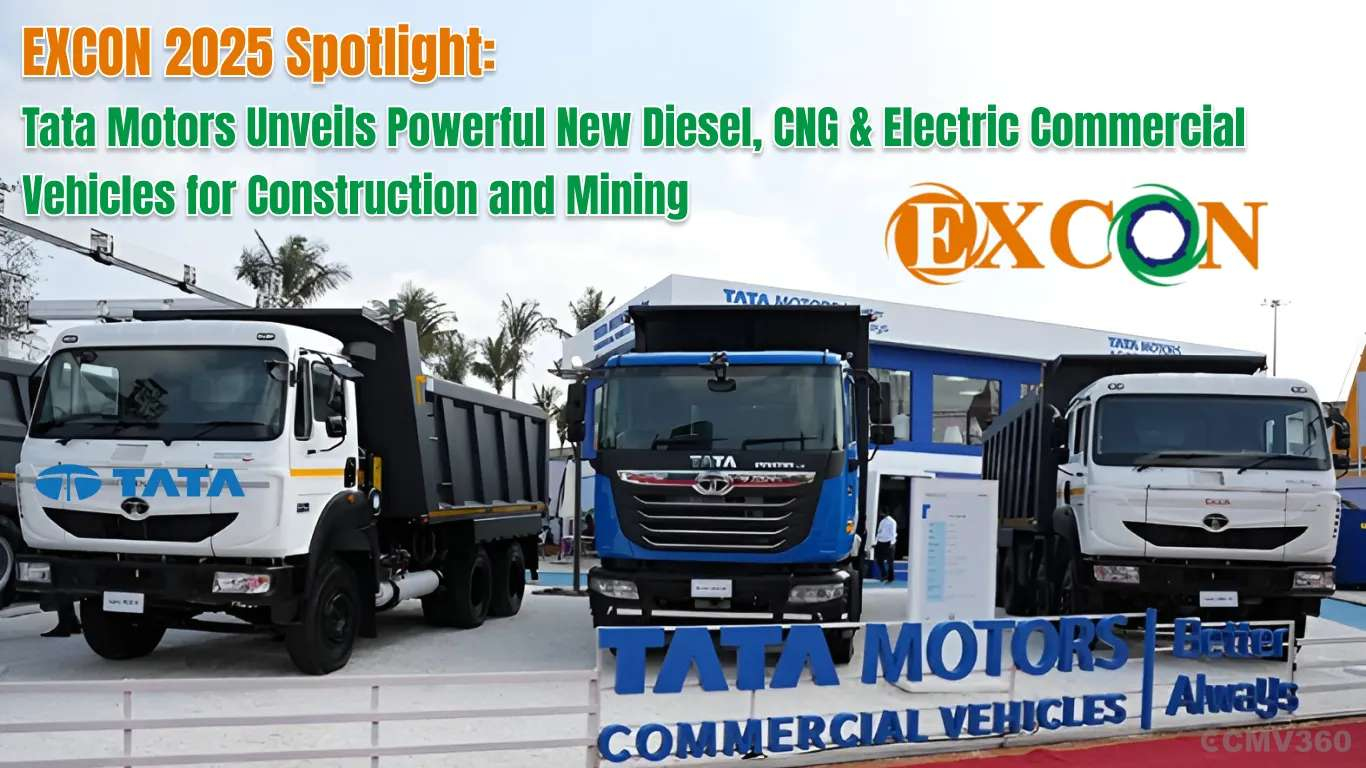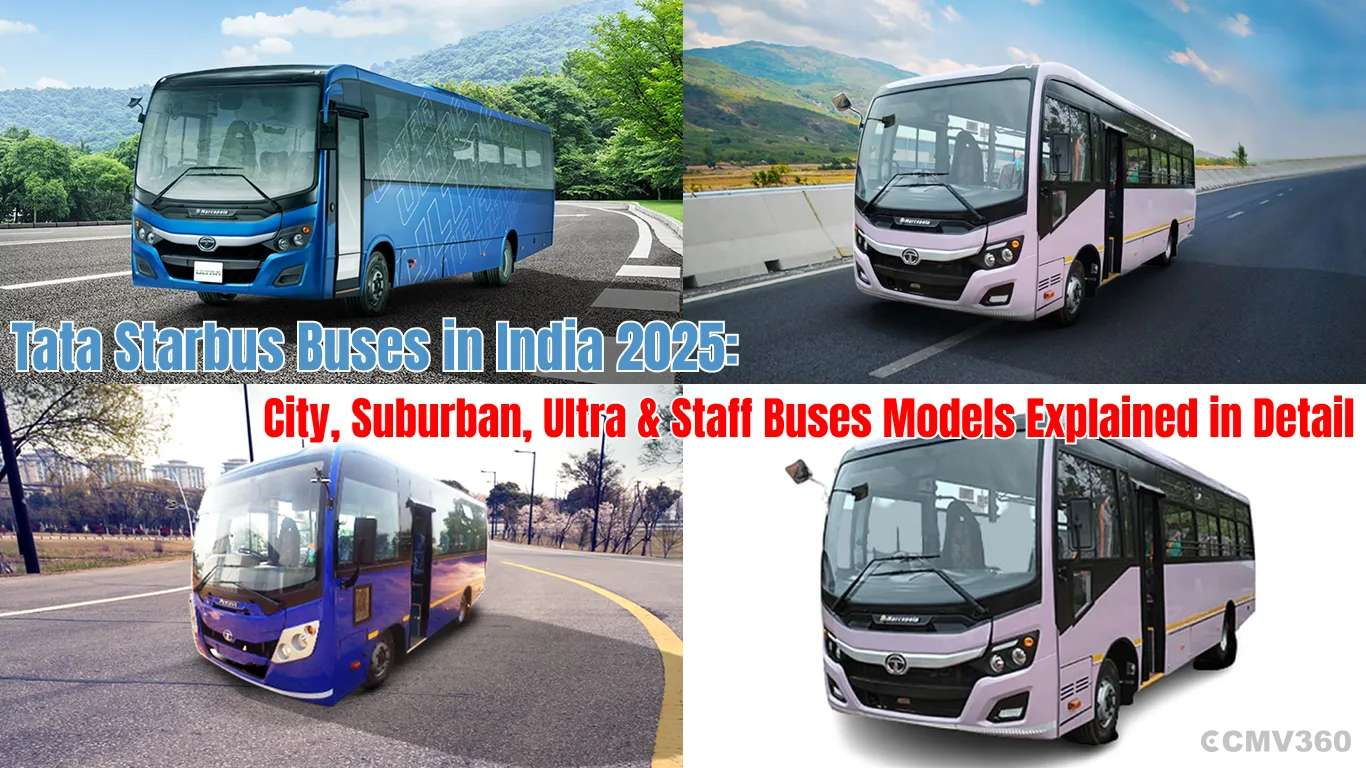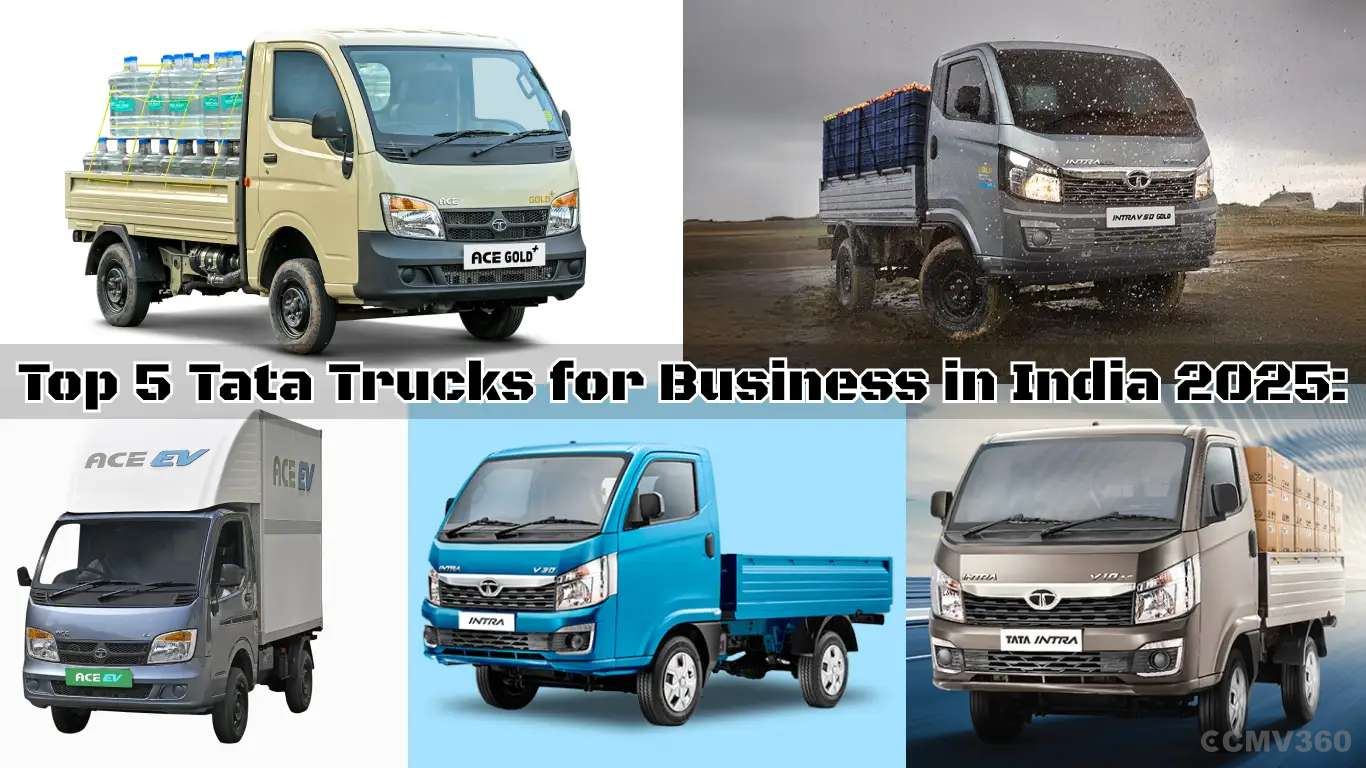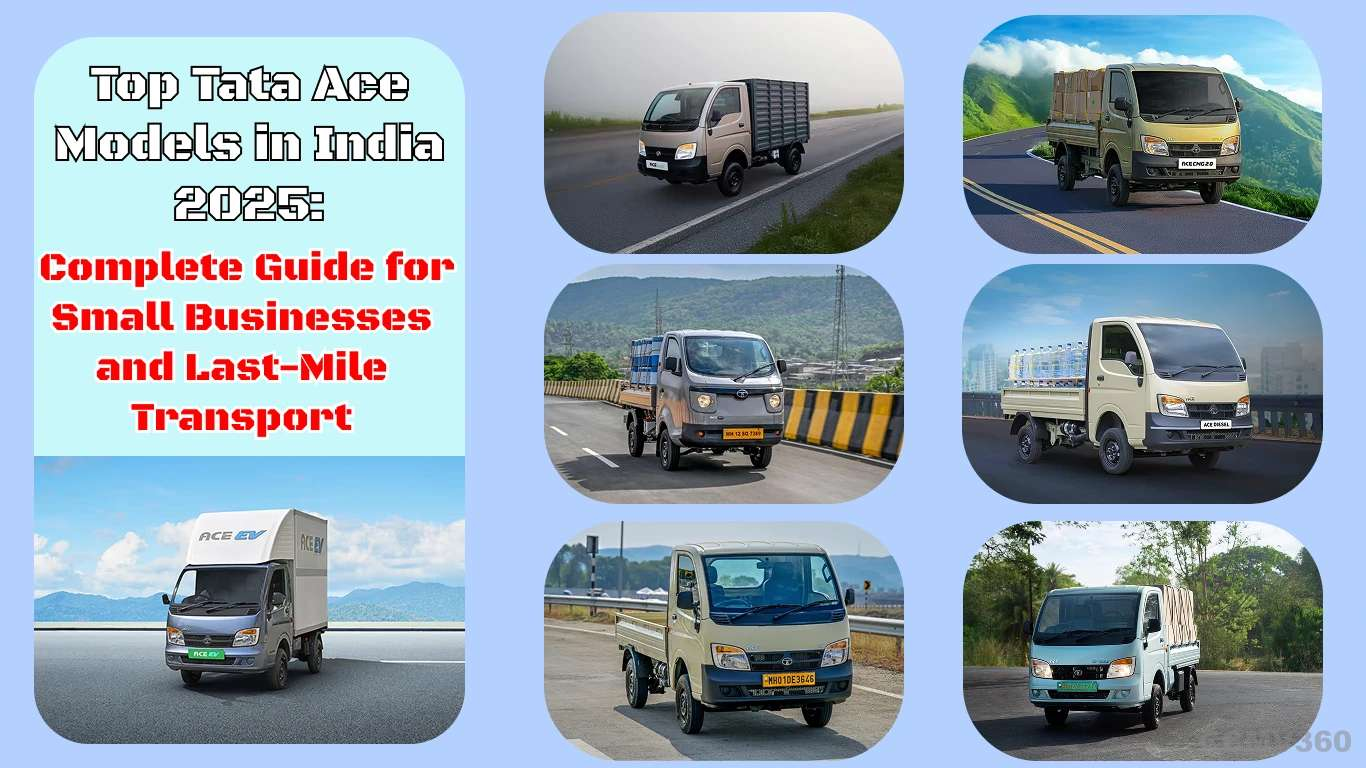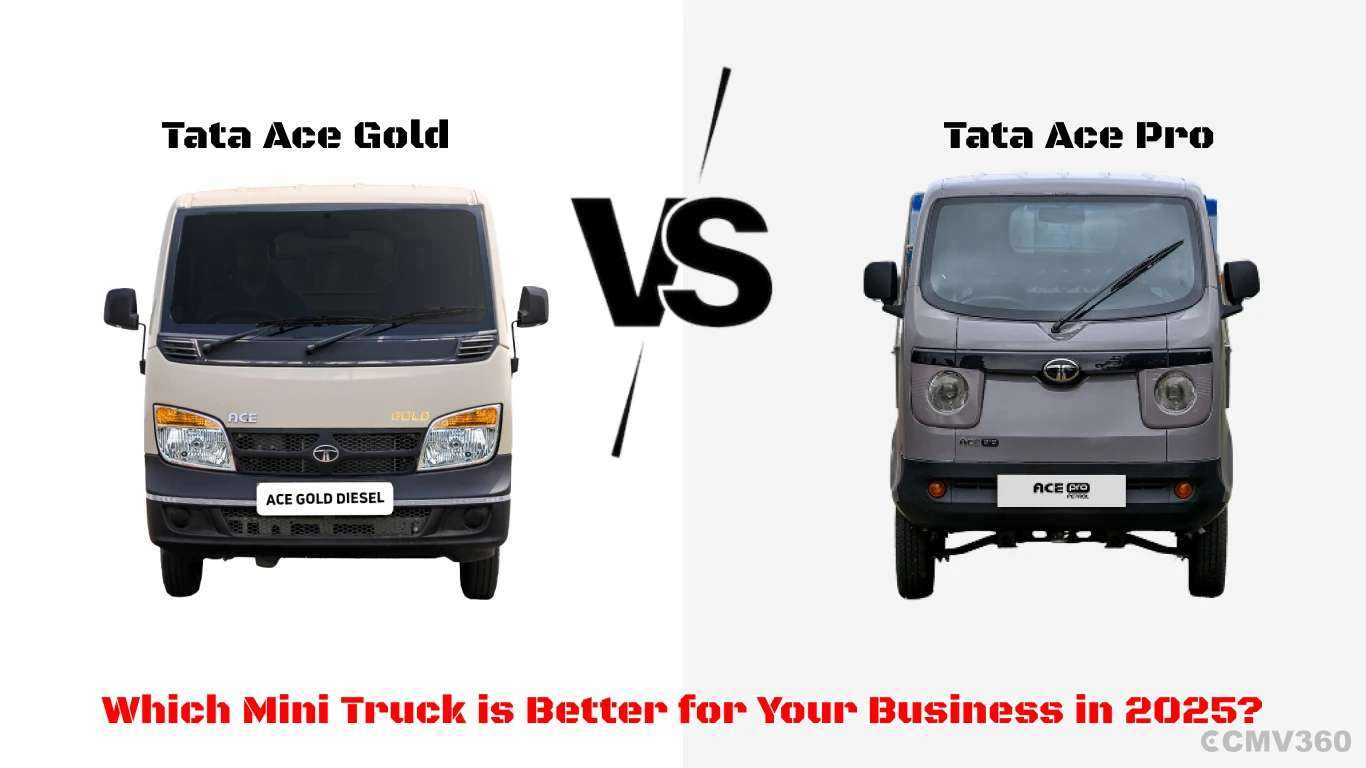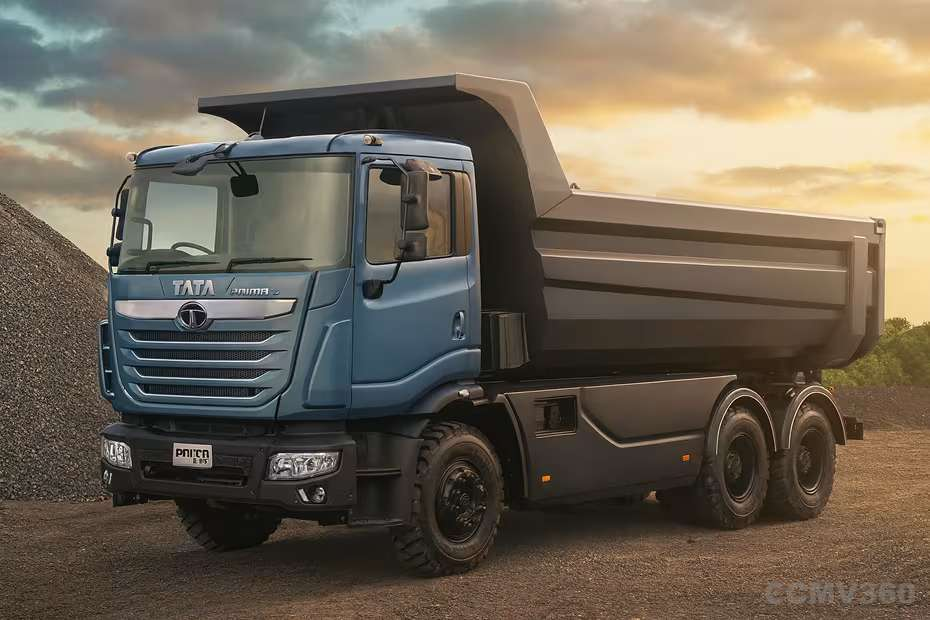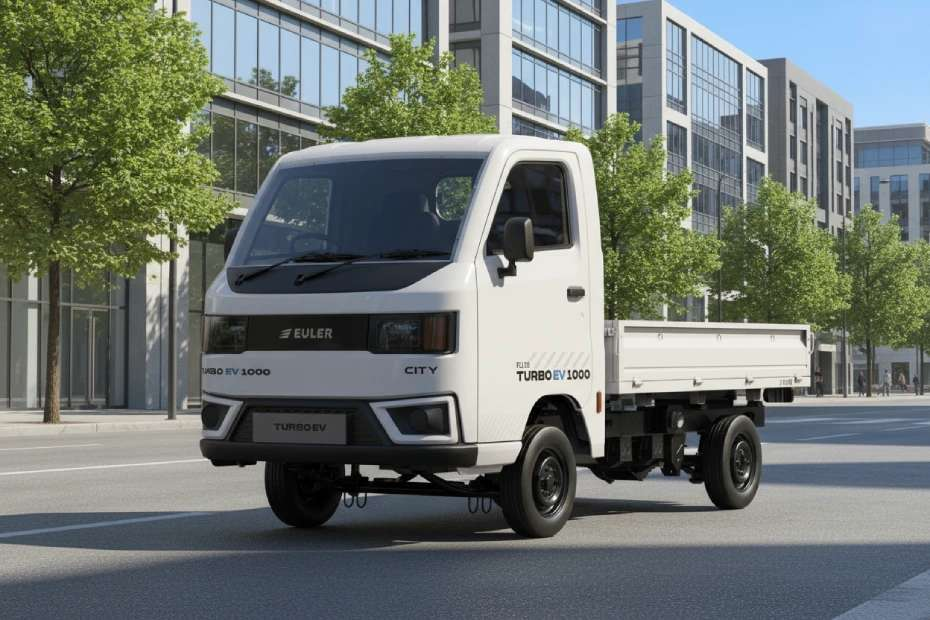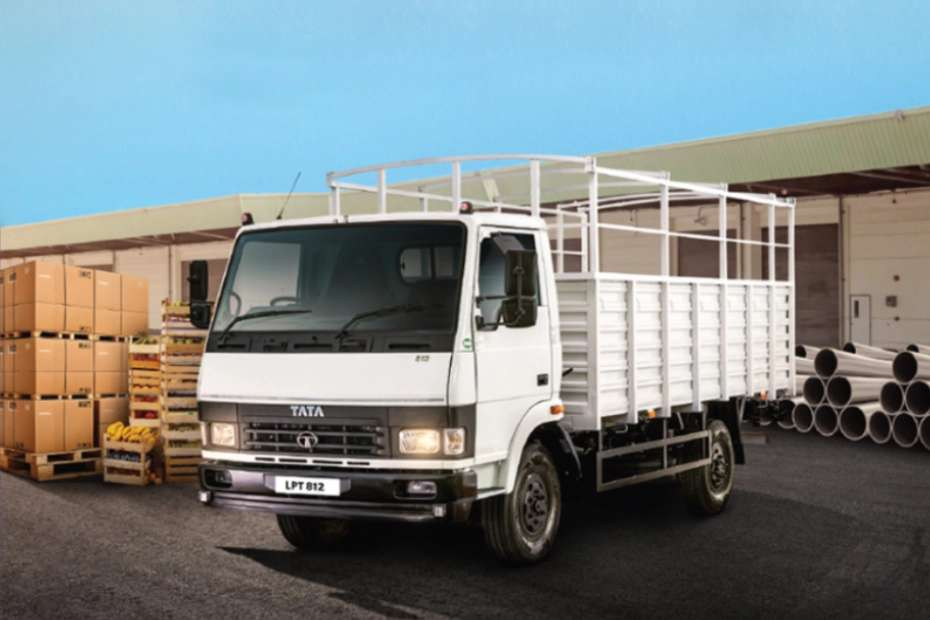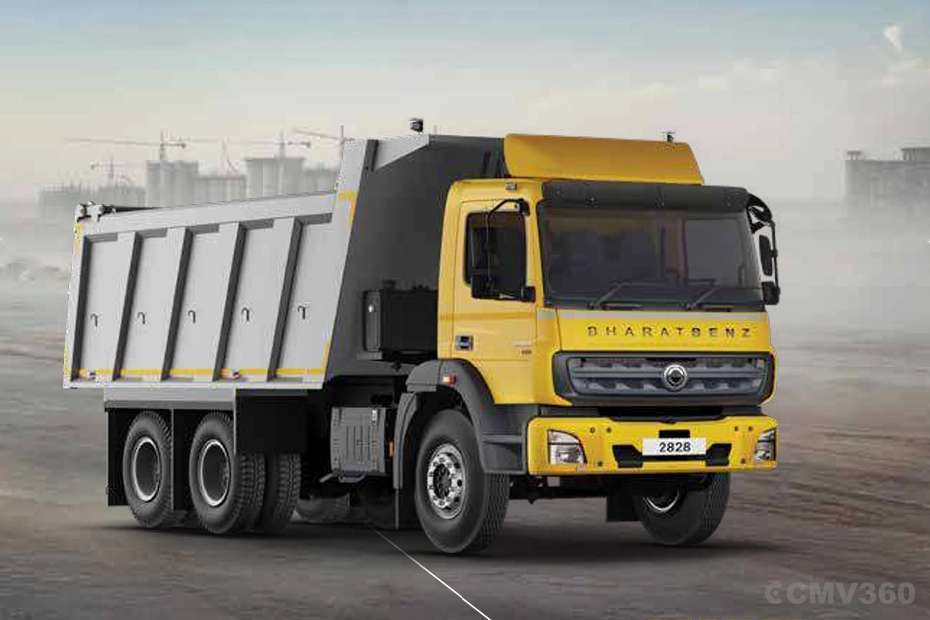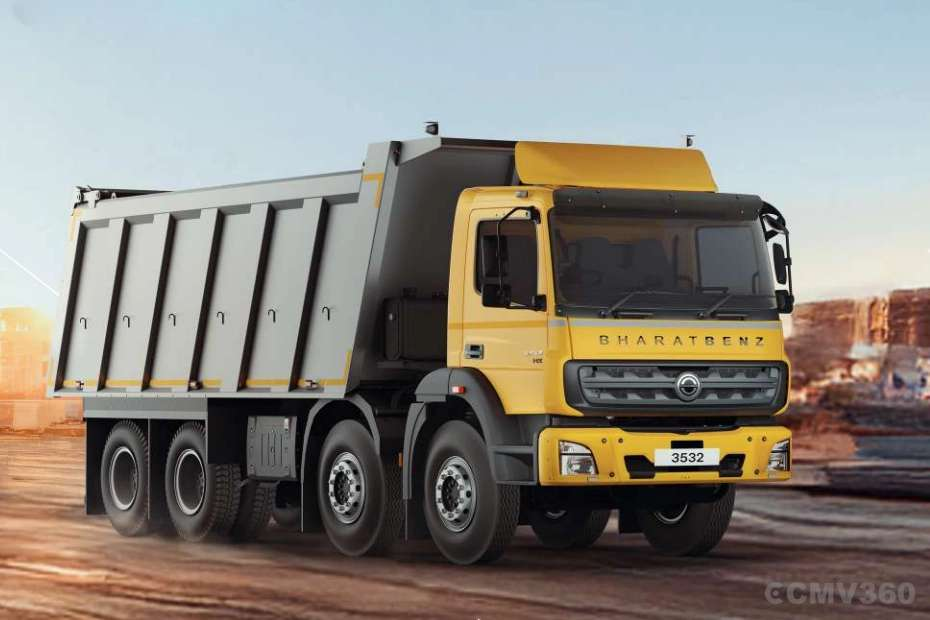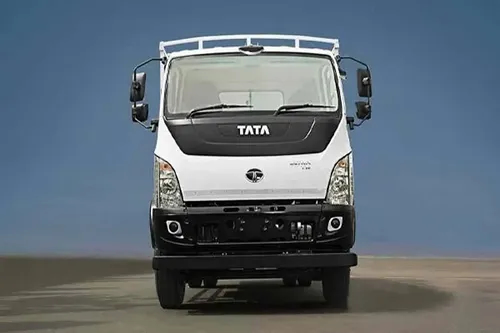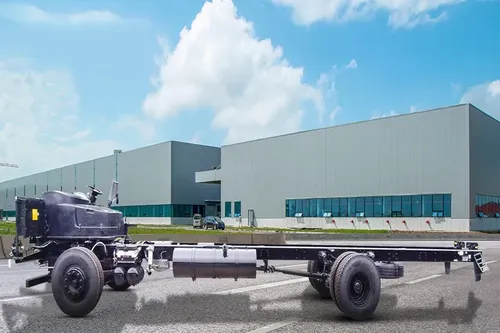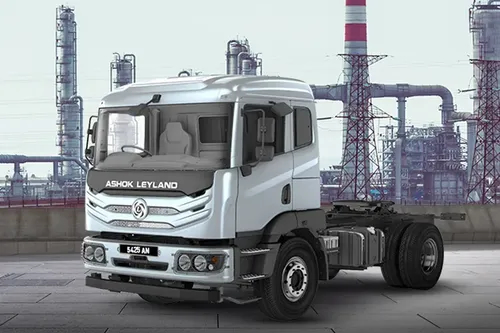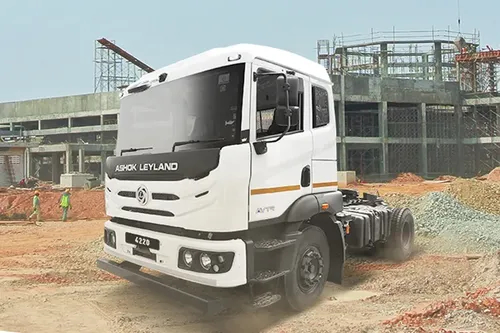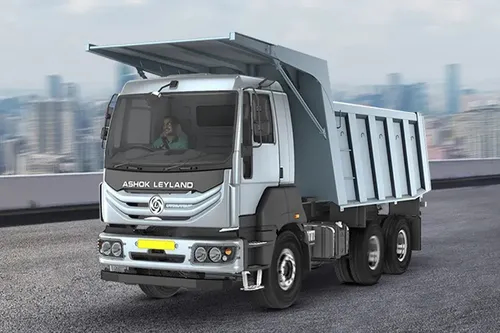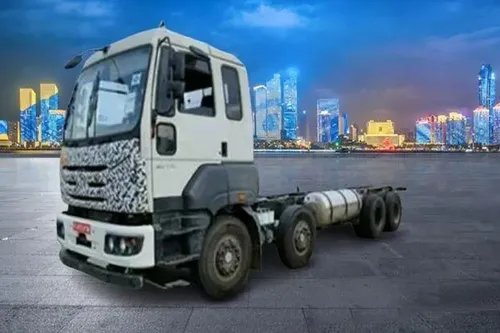Ad
Ad
How India's Auto Industry Will Shape Up in 2024

The automobile sector in India is one of the main contributors to the economy, contributing to about 7.1% of the GDP and providing employment to over 19 million people. The industry has witnessed a remarkable recovery from the pandemic-induced slowdown in 2020-21 and is expected to grow at a moderate pace in 2024. In this article, we will look at the key expectations and trends for the automobile sector in India in 2024, covering the segments of tractors, trucks, buses, three-wheelers, electric vehicles, and tyres.

Demand Drivers and Challenges
Various factors, such as rising income levels, urbanization, infrastructure development, availability of finance, government policies, and consumer preferences, drive the demand for automobiles in India.
Some of the key drivers for the automobile sector in 2024 are:
- The implementation of the Vehicle Scrappage Policy, which aims to phase out polluting vehicles and encourage the adoption of new and fuel-efficient ones. The policy is expected to boost the demand for passenger vehicles, commercial vehicles, and electric vehicles, as well as create a circular economy for the auto industry.
- The continuation of the FAME II scheme, which provides incentives for purchase of electric or hybrid vehicles. The scheme is expected to increase the penetration of electric vehicles in the market, especially in the two-wheeler and three-wheeler segments, which account for the majority of EV sales in India.
- The recovery of the rural economy, which is a major source of demand for tractors, two-wheelers, and three-wheelers. The rural economy is expected to benefit from the favourable monsoon, higher crop prices, increased government spending, and improved credit availability.
- The growth of the e-commerce and logistics sector, which is expected to increase the demand for trucks, buses, and three-wheelers. The e-commerce and logistics sector is witnessing a rapid expansion due to the rise of online shopping, digital payments, and delivery services, especially in the post-pandemic scenario.
- The improvement of the road infrastructure, which is expected to enhance the connectivity and mobility of the country. The government has announced several initiatives, such as the Bharatmala Pariyojana, the Sagarmala Project, and the Dedicated Freight Corridors, which aim to develop and upgrade the road network, ports, and railways in the country.
However, the automobile sector in India also faces some below-given challenges:
- The rising cost of raw materials, such as steel, rubber, copper, and plastic, is putting pressure on the margins and profitability of the auto manufacturers and suppliers. The auto industry is also facing the challenge of passing on the cost increase to the consumers, who are already sensitive to price fluctuations.
- The shortage of semiconductors, which is affecting the production and supply of automobiles, especially passenger vehicles and electric vehicles. The semiconductors are essential components for the electronic systems and features of the vehicles, such as infotainment, navigation, safety, and connectivity. The shortage of semiconductors is caused by a disruption in global supply chain because of pandemic, as well as the increased demand from other sectors, such as consumer electronics and telecom.
- The uncertainty of the pandemic, which is still posing a risk to the recovery and growth of the auto industry. The emergence of new variants of the virus, the slow pace of vaccination, and the possibility of lockdowns and restrictions could hamper the demand and supply of automobiles in the country.

Segment-wise Outlook
The automobile sector in India comprises various segments, such as passenger vehicles, commercial vehicles, two-wheelers, three-wheelers, tractors, electric vehicles, and tyres. Each segment has its dynamics and prospects for the year 2024. Here is a brief overview of each segment:
Passenger Vehicles
- The passenger vehicle segment includes utility vehicles, and vans.
- The segment is expected to witness a low-single-digit growth in 2024, as compared to the high-double-digit growth in 2020-21.
- The growth is anticipated to be driven by the pent-up demand, new launches, preference for personal mobility, and the vehicle scrappage policy.
However, the growth could be moderated by the high base effect, rising fuel prices, and the semiconductor shortage. The segment is expected to see a shift in the consumer preference towards the utility vehicles, which offer more space, comfort, and features. The segment is also likely to notice an increase in the share of electric vehicles, which are becoming more affordable and accessible, due to the FAME II scheme & introduction of new models by the leading players.
Commercial Vehicles
- The commercial vehicle segment includes trucks, buses, and light commercial vehicles.
- The segment is expected to witness a high-single-digit growth in 2024, as compared to the low-single-digit growth in 2020-21.
- The growth is anticipated to be driven by the recovery of industrial and economic activity, the growth of the e-commerce and logistics sector, the improvement of the road infrastructure, and the vehicle scrappage policy.
However, the growth could be constrained by the rising fuel prices, the shortage of drivers, and the competition from the railways and waterways. The segment is expected to see a shift in consumer preference towards higher tonnage and fuel-efficient vehicles, which offer more payload and lower operating costs. The segment is also likely to notice an increase in the share of electric vehicles, especially in the bus and light commercial vehicle segments, which are suitable for urban and inter-city transportation.
Two-Wheelers
- The two-wheeler segment includes motorcycles, scooters, and mopeds.
- The segment is expected to witness a high-single-digit growth in 2024, as compared to the low-double-digit growth in 2020-21.
- The growth is anticipated to be driven by the recovery of the rural economy, the preference for personal mobility, the availability of finance, and the low base effect.
However, the growth could be limited by the rising cost of ownership, the competition from the electric two-wheelers, and the uncertainty of the pandemic. The segment is expected to see a shift in consumer preference towards premium and performance-oriented motorcycles, which offer more features and styles. The segment is also likely to notice an increase in the share of electric two-wheelers, which are becoming more popular and viable, thanks to the FAME II scheme and the launch of new models by established and new players.
Three-Wheelers
- The three-wheeler segment includes passenger carriers and goods carriers.
- The segment is likely to witness moderate growth in 2024, as compared to the negative growth in 2020-21.
- The growth is anticipated to be driven by the revival of urban and rural mobility, the growth of the e-commerce and logistics sector, and the low base effect.
However, the growth could be hampered by the rising fuel prices, the competition from the four-wheeler and two-wheeler segments, and the uncertainty of the pandemic. The segment is expected to see a shift in consumer preference towards electric three-wheelers, which offer lower operating costs and environmental benefits. The segment is also likely to notice an increase in the share of electric three-wheelers, which are dominating the market, thanks to the FAME II scheme and the presence of several players.
Tractors
- The tractor segment includes farm and non-farm tractors.
- The segment is expected to witness a low-single-digit growth in 2024, as compared to the high-double-digit growth in 2020-21.
- The growth is anticipated to be driven by the favourable monsoon, higher crop prices, increased government spending, improved credit availability, and the low base effect.
However, the growth could be moderated by the high base effect, the rising cost of raw materials, and the uncertainty of the pandemic. The segment is expected to see a shift in consumer preference towards higher horsepower and technologically advanced tractors, which offer more productivity and efficiency. The segment is also likely to notice an increase in the share of electric tractors, which are emerging as a new and sustainable option for farmers.
Electric Vehicles
- The electric vehicle segment includes electric passenger vehicles, electric commercial vehicles, electric two-wheelers, electric three-wheelers, and electric tractors.
- The segment is expected to witness a high-double-digit growth in 2024, as compared to the low-double-digit growth in 2020-21.
- The growth is anticipated to be driven by the FAME II scheme, the vehicle scrappage policy, the reduction in battery costs, the improvement in the charging infrastructure, and the launch of new and affordable models.
However, the growth could be challenged by the shortage of semiconductors, the lack of consumer awareness, range anxiety, and the uncertainty of the pandemic. The segment is expected to see a shift in consumer preference towards electric two-wheelers and electric three-wheelers, which account for the majority of EV sales in India. The segment is also expected to see an increase in the share of electric passenger vehicles and electric commercial vehicles, which are becoming more competitive and attractive, thanks to the innovation and investment by the leading players.
Tyres
- The tyre segment includes tyres for passenger vehicles, commercial vehicles, two-wheelers, three-wheelers, tractors, and electric vehicles.
- The segment is likely to witness moderate growth in 2024, as compared to the negative growth in 2020-21.
- The growth is anticipated to be driven by the recovery of the automobile sector, the growth of the replacement market, and the increase in exports and the innovation and diversification by the tyre manufacturers.
However, the growth could be affected by the rising cost of raw materials, the competition from imports, and the uncertainty of the pandemic. The segment is expected to see a shift in consumer preference towards radial and tubeless tyres, which offer better performance and durability. The segment is also likely to notice an increase in the share of electric vehicle tyres, which suit the specific needs and characteristics of electric vehicles.
Conclusion
The automobile sector in India is transforming as it adapts to the changing market conditions, consumer preferences, and regulatory environment. The industry is expected to witness moderate growth in 2024 as it recovers from the impact of the pandemic and leverages the opportunities offered by government policies and technological advancements.
Features & Articles
EXCON 2025 Spotlight: Tata Motors Unveils Powerful New Diesel, CNG & Electric Commercial Vehicles for Construction and Mining
Tata Motors showcases powerful diesel, CNG, and electric commercial vehicles at EXCON 2025, highlighting innovation, productivity, sustainability, and advanced solutions ...
18-Dec-25 10:26 AM
Read Full NewsAshok Leyland 1920 vs 2820 Tipper Comparison: 6-Wheeler or 10-Wheeler – Which Is Better for Construction & Mining?
Compare Ashok Leyland 6 wheeler vs 10 wheeler tipper trucks. Detailed 1920 vs 2820 comparison covering price, specs, GVW, performance, usage, and buying guidance for cons...
17-Dec-25 12:29 PM
Read Full NewsTata Starbus Buses in India 2025: City, Suburban, Ultra & Staff Buses Models Explained in Detail
Explore the Tata Starbus 2025 range in India, including City, Sub Urban, Ultra, and Staff Contract buses with prices, features, seating capacity, and performance details....
15-Dec-25 12:16 PM
Read Full NewsTop 5 Tata Trucks for Business in India 2025: Prices, Payload, Features, Full Details & Complete Buying Guide
Discover the top 5 Tata trucks in India 2025 with prices, payload, engine details, features, pros and cons. Simple, easy-to-read buying guide to help you choose the best ...
11-Dec-25 05:34 AM
Read Full NewsTop Tata Ace Models in India 2025: Complete Guide for Small Businesses and Last-Mile Transport
Explore all Tata Ace models in India 2025 with prices, features, payload, mileage, and benefits. A simple and complete guide for small businesses and last-mile delivery b...
19-Nov-25 12:01 PM
Read Full NewsTata Ace Pro vs Tata Ace Gold: Which Mini Truck is Better for Your Business in 2025?
Compare Tata Ace Pro and Tata Ace Gold in detail. Know their price, specs, performance, and features to choose the best mini truck for your business in 2025....
13-Nov-25 12:36 PM
Read Full NewsAd
Ad
